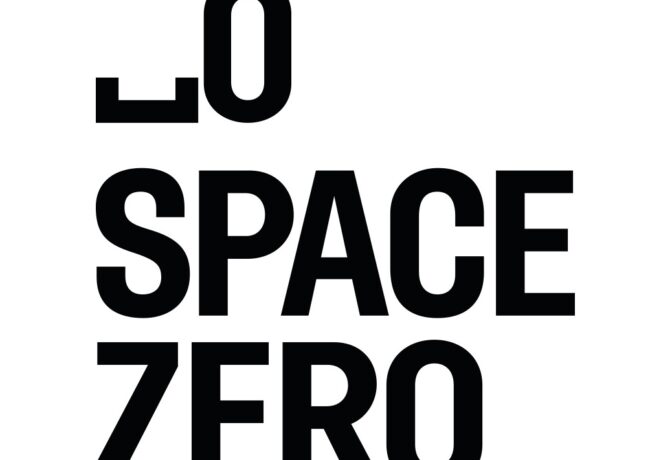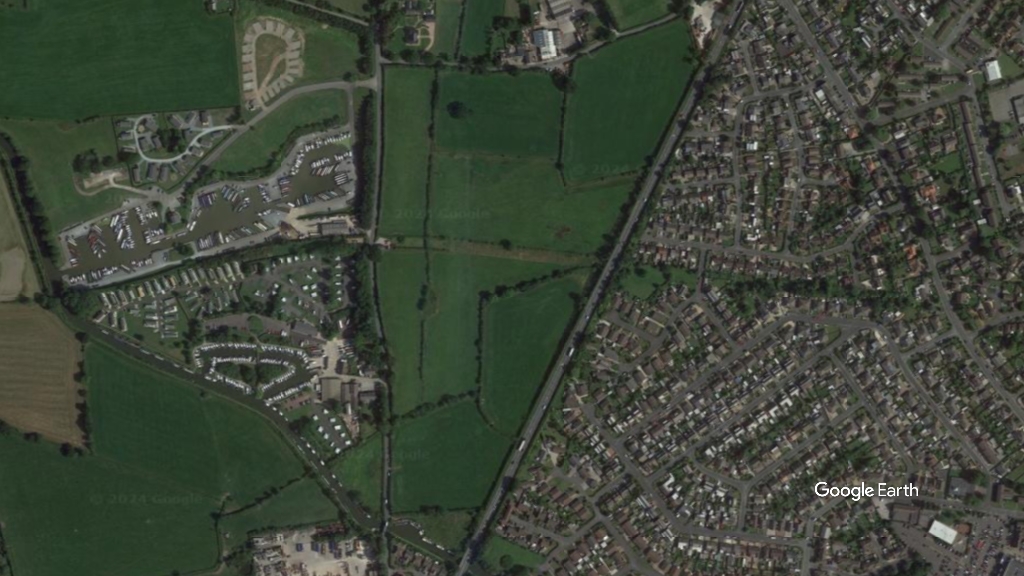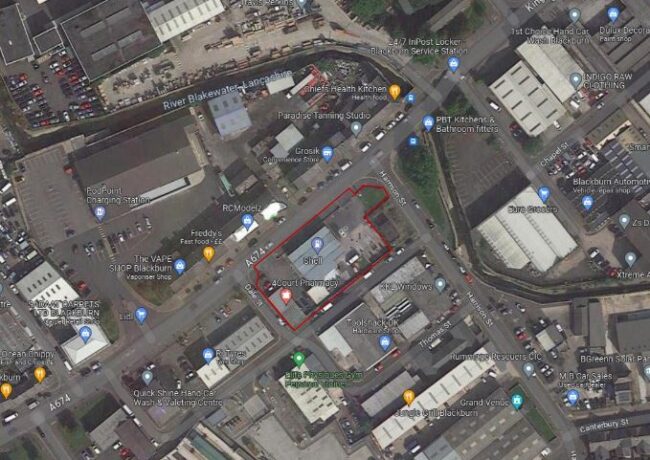Specialist Insight: The changing face of SEND
 The fully inclusive classroom
The fully inclusive classroom
Backflips off the table. Constant movement. Talented and smiling but equally prone to tantrums and averse to hugging. How do you design a learning environment for this wonderfully unique seven year old? One that plays to her strengths, supports her development, encourages empathy from those around her, yet also provides a stimulating experience for her ‘neurotypical’ classmates?
And what about the 11 year old who needs tailored specialist equipment in every lesson, or the 16 year old silently coping with anxiety every day? As designers, it’s our job to ensure their learning journeys are enhanced, not hindered, by the education spaces around them.
More than 1.2 million school children in England alone have some type of Special Educational Needs or Disability (SEND), according to the Department of Education. Around 15% of all pupils suffer with a disability, illness or developmental disorder that means they need additional support from the people they interact with and the spaces they occupy. With demand for support on the rise, schools face increasing challenges to meet their needs, so for design teams, the inclusive learning environment is firmly in the spotlight.
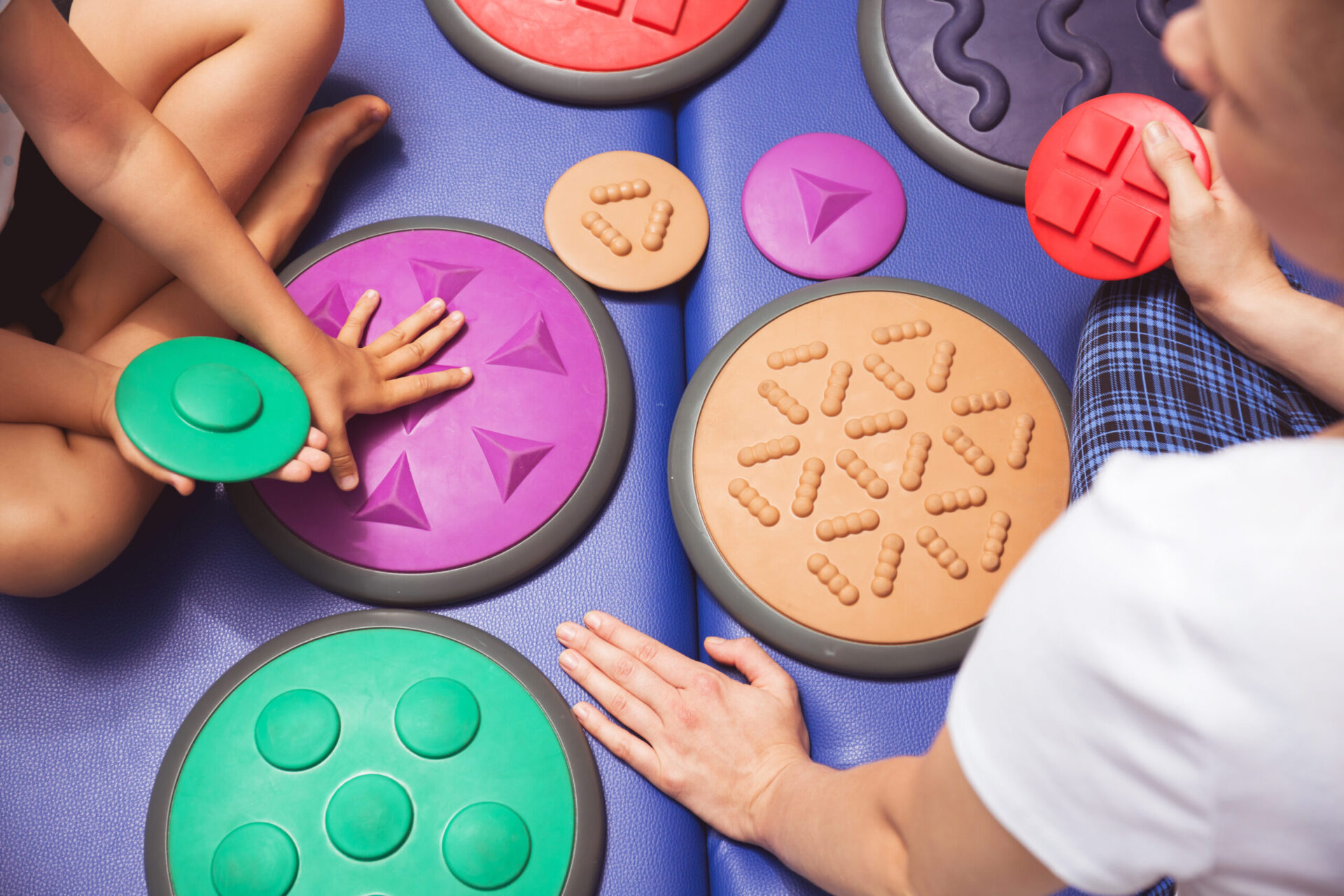
SEND takes centre stage
In recent decades, the move towards inclusivity has become increasingly visible. Who, not so long ago, could have foreseen the Paralympics sharing equal billing with the Olympics, comedians with cerebral palsy holding forth in Edinburgh Fringe bear pits, or macho sportsmen baring their souls about mental illness?
Thanks to trailblazers and campaigners, the public perception of disability has shifted to one of mainstream acceptance, and so, increasingly, education leaders must rise to the challenge of providing for a student population with diverse needs.
But what does this mean for designers?
As Einstein reputedly said, “Learning is experience. Everything else is just information.” According to research from the University of Salford, it’s an experience greatly enhanced by a well-designed classroom. Their study found that the physical characteristics of classrooms including air quality, colour and light can together increase the learning progress of primary school pupils by as much as 16% in a single year. So, amazing teachers aside, what makes a great learning experience for all?
Gladys Marr, a specialist in designing for SEND at Space Zero, says “If we are to move the inclusion agenda forward and develop new learning and teaching environments that better include, engage and challenge children with SEND, then we need to think outside the box about how we can create supportive and motivational environments, and facilitate spaces that nurture these rich and deeply meaningful experiences. This in turn will promote other desirable human qualities, like compassion, empathy, respect and creativity. We need to go about our work in a different way – to change the focus to designing and delivering learning experiences that not only inspire and motivate, but enable a feeling of wellbeing and a sense of belonging.”
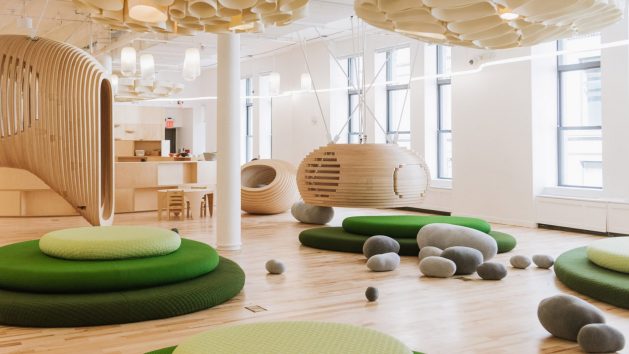
WeWork’s first school, New York.
Learning environments no longer have the luxury of remaining fixed and uniform. They must be adaptable to suit children of mixed abilities, whether their needs are physical or mental, obvious or hidden. Age-appropriate spaces require variation – every early years pupil, for example, needs access to opportunity for sensory discovery, exploration, variety and most importantly, learning through play. In middle years, designers need to create different activity zones for children to move around in and use in their own way. Spaces must be sensory, experiential and immersive, and multi-use to allow for flexible teaching. The experience of ‘awe and wonder’ must come to the fore, while for older children, opportunity is key. At secondary level, spaces have to support learning with a sense of belonging. Restrictive walls or barriers can be removed and furniture allowed to define a room; unique breakout spaces support communication and social skills as well as mobility.
But for every age, Gladys says: “The best feature of education space is how dynamic it can be; it can deliver appropriate immersive experiences and then, with immediate agility, the staff and pupils can create an environment that then supports final outcomes and collaborative reviews; delivering a sense of achievement; which then stimulates a sense of ownership and belonging. Students, if given a dynamic environment, can lead the experiences; actively engaging, promoting social communication and sharing. This strengthens the understanding of their own feelings and reactions and at the same time, deepens their understanding of others around them.”
The best way for children of all ages and abilities to learn is to create an inspiring space in which they can see it, hear it, and do it.
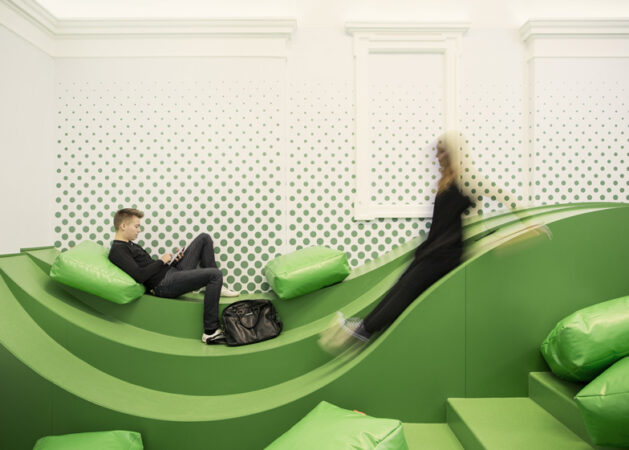
Ledina Grammar School, Ljubljana, Slovenia.
This article was originally published through Place Resources


